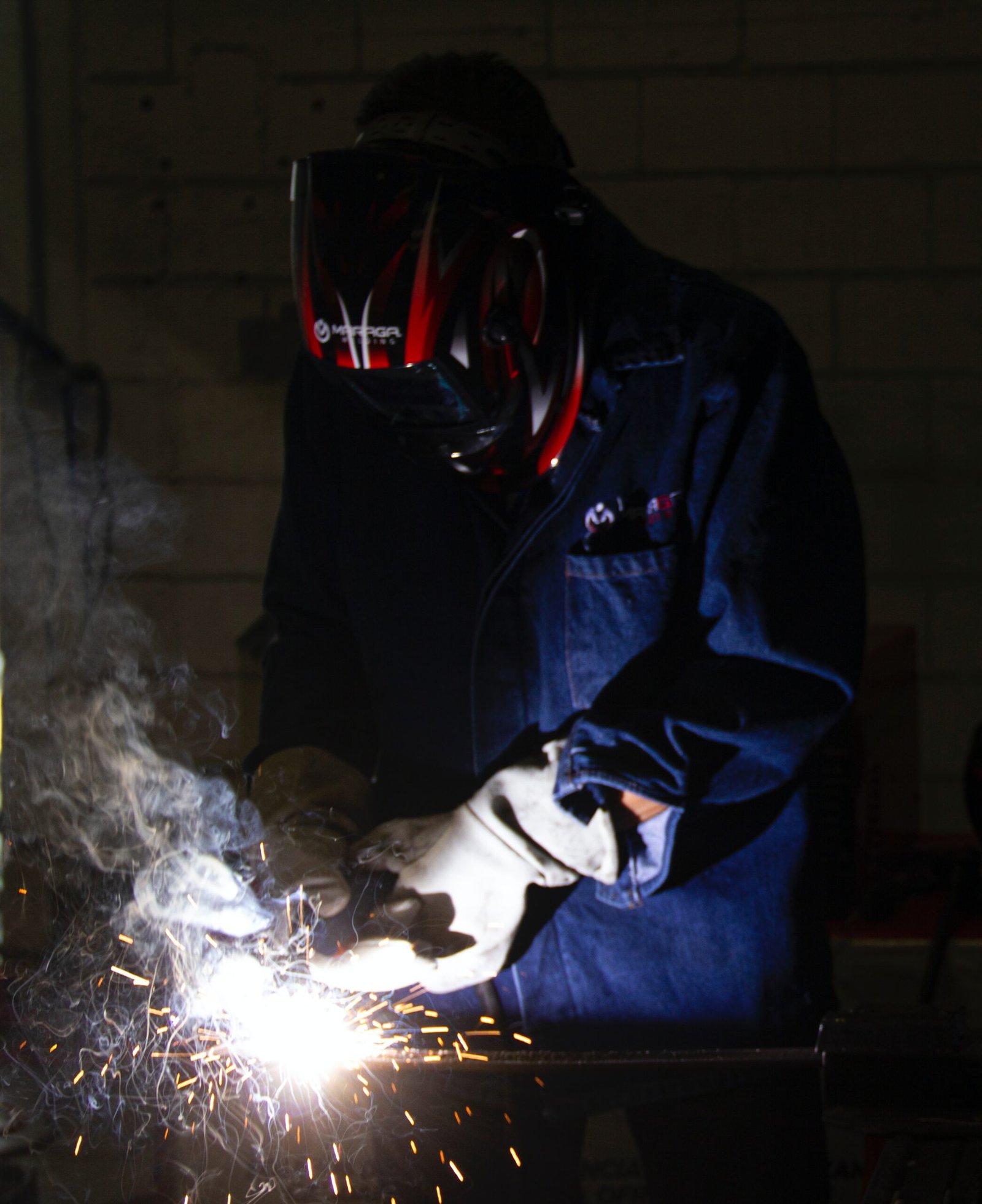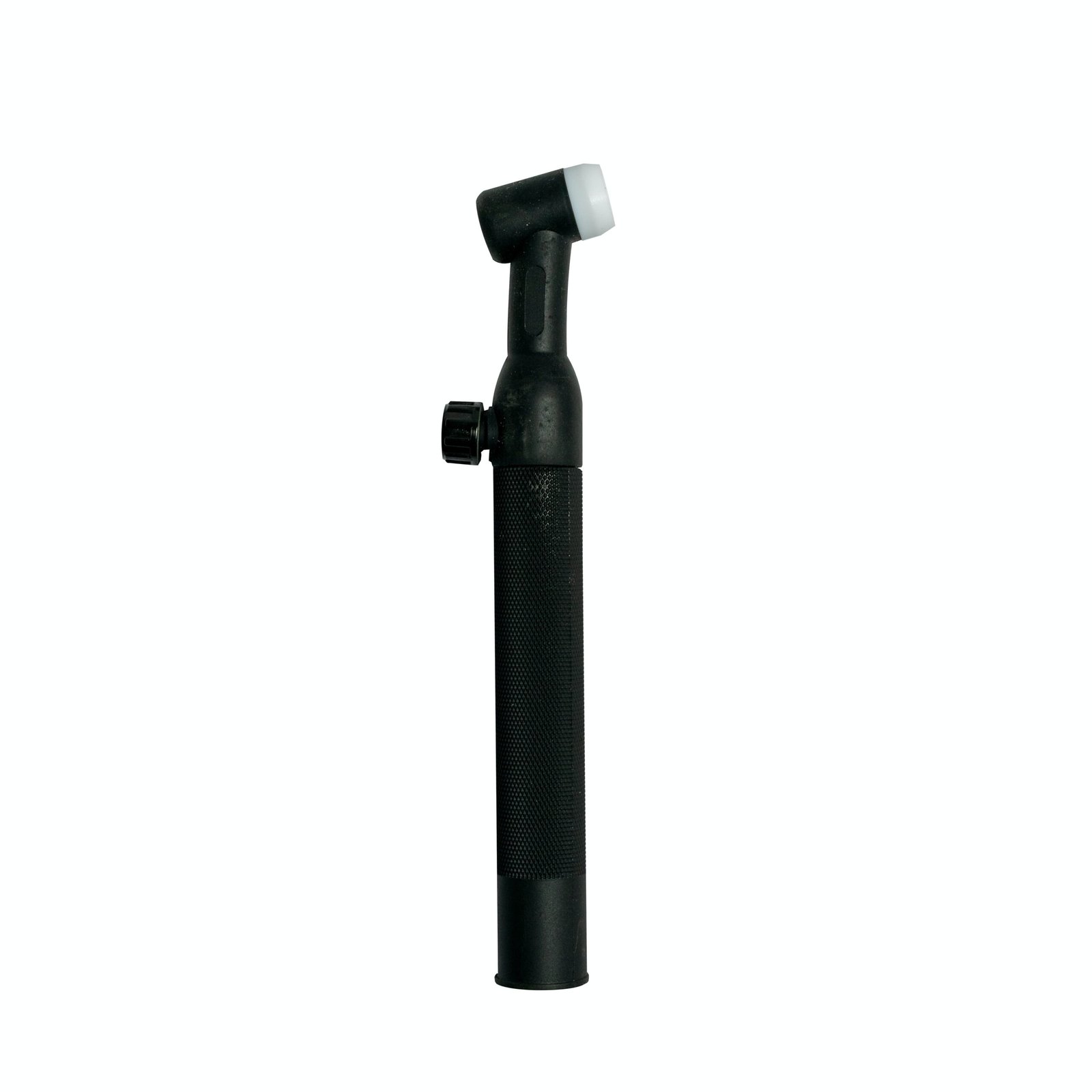Sub arc welding, also known as submerged arc welding (SAW), is a widely used welding process that offers numerous advantages in terms of efficiency and quality. In this article, we will explore the ins and outs of sub arc welding, its applications, and the benefits it brings to various industries.
What is Sub Arc Welding?
Sub arc welding is a welding process that utilizes a continuous wire electrode and a granular flux. The flux is fed continuously over the welding joint, covering the arc and protecting it from the surrounding atmosphere. This creates a “submerged” arc, hence the name submerged arc welding.
During the welding process, the arc is maintained between the electrode and the workpiece, melting both the electrode and the workpiece. The molten metal is then solidified to form a strong and durable weld joint.
Applications of Sub Arc Welding
Sub arc welding is commonly used in various industries, including:
- Shipbuilding and offshore fabrication
- Pipeline construction
- Pressure vessel manufacturing
- Structural steel fabrication
- Heavy machinery manufacturing
- Automotive industry
These industries rely on sub arc welding for its ability to produce high-quality welds with excellent mechanical properties. The process is particularly suited for welding thick materials, making it ideal for applications that require strong and reliable joints.
Advantages of Sub Arc Welding
Sub arc welding offers several advantages over other welding processes:
- High productivity: Sub arc welding is a highly efficient process that allows for high deposition rates. It is capable of welding long, continuous joints, resulting in increased productivity.
- Deep penetration: The submerged arc creates a deep and narrow weld pool, allowing for excellent penetration into the base metal. This results in strong and reliable welds.
- Automatic operation: Sub arc welding can be easily automated, making it suitable for large-scale production. Automated systems can be programmed to ensure consistent and precise welds.
- Minimal operator skill required: Sub arc welding is relatively easy to learn and operate. The process does not require extensive operator skill, reducing the risk of human error.
- Excellent weld quality: Sub arc welding produces welds with low levels of porosity, slag inclusions, and other defects. The process ensures a high level of weld quality and integrity.
Sub Arc Welding Equipment
Sub arc welding requires specific equipment to carry out the process effectively:
- Power source: A power source capable of providing a constant current is needed to create the arc and melt the electrode.
- Wire feeder: The wire feeder delivers the continuous electrode wire to the welding joint at a controlled speed.
- Welding head: The welding head holds the electrode and controls its position and movement during the welding process.
- Flux hopper and recovery system: The flux hopper holds the granular flux, which is then fed over the welding joint. A recovery system collects and recycles the unused flux.
These components work together to ensure a smooth and efficient sub arc welding process.
Conclusion
Sub arc welding is a reliable and efficient welding process that offers numerous advantages. Its ability to produce high-quality welds, its high productivity, and its ease of automation make it a preferred choice in various industries. Whether it’s for shipbuilding, pipeline construction, or structural steel fabrication, sub arc welding delivers strong and durable weld joints that stand the test of time.


